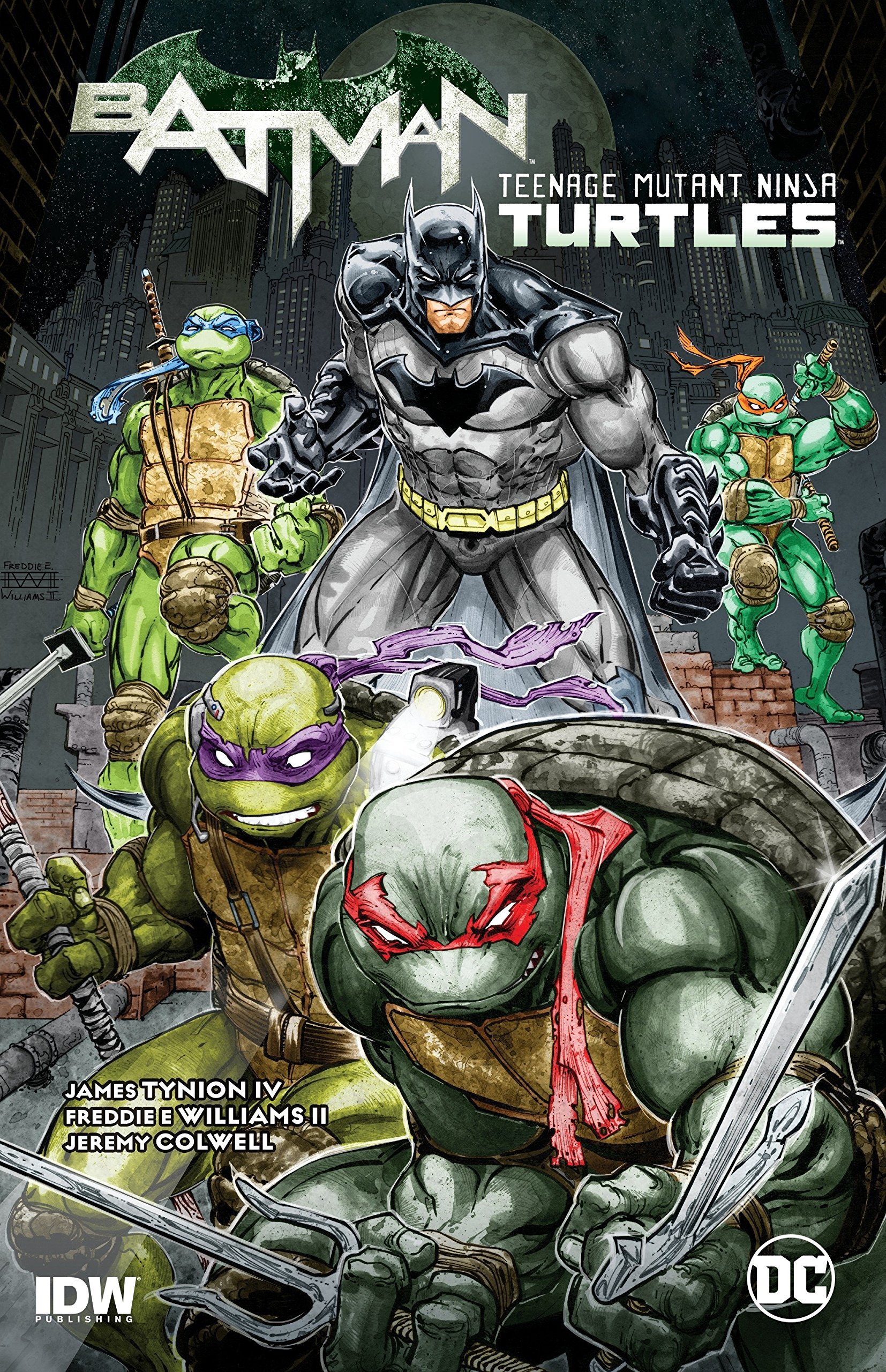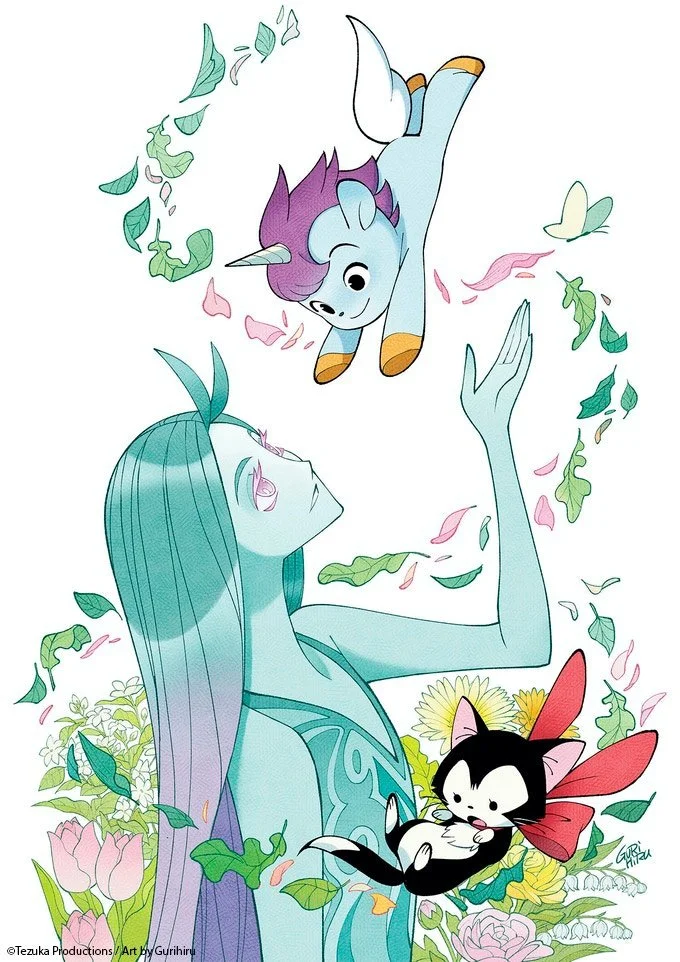Gotham Central, Case by Case: CORRIGAN II
By Bruno Savill De Jong — The end of Gotham Central is most notable for what it lacks. There are no ‘freaks’ or supervillains here. The final arc, “Corrigan II”, instead focuses upon the inner-workings of the GCPD itself, which has been steadily built upon in the book’s preceding issues. Neither is there any Batman. The threat of “Corrigan II” is not external to Gotham Central, but rather, it is the system itself, swallowing up even those with good intentions within it.
This is the main absence of “Corrigan II”, wherein there is no victory. Gotham Central had portrayed the struggles of the Major Crimes Unit to “make a difference”, no matter how temporary, within the corrupt and absurd world they inhabit. But “Corrigan II” pessimistically concludes without triumph, only emphasizing how the institutional bedrock of Gotham is so broken that it cannot be redeemed.
Despite persistent rumors that his book was cancelled due to poor sales, writer Greg Rucka has always maintained it was his own decision to end Gotham Central after co-creators Michael Lark and Ed Brubaker had already left. Although the “One Year Later” initiative after Infinite Crisis (where DC Comics would ‘skip ahead’ a year following that event), which included reinstating Commissioner Gordon and Harvey Bullock to the GCPD, probably played a part as well. But Rucka has stated that the end of Gotham Central “was the ending Ed and I had always discussed”. “Corrigan II” does not pay off everything Gotham Central established – for instance we never got to see Josie Mac tell Marcus Driver about her special physic powers from “On the Freak Beat”, staying focused on Rucka’s night-shift of Crispus Allen and Renee Montoya – but its themes have been building for the entire book. “Corrigan II” might end Gotham Central on a whimper rather than a bang, but looking back on the series, it couldn’t have happened any other way.
“Corrigan II” is obviously a follow-up to “Corrigan”, wherein Montoya beat up C.S.U. Corrigan after he’d taken a stray bullet from a crime-scene, exonerating her partner Crispus Allen from false allegations in the short-term, even if making Corrigan immune from corruption investigations in the long-term. The interceding issues have shown some after-effects; Montoya’s increased violence in “Keystone Kops”, Corrigan’s own perspective in “Nature”, and Allen and Montoya’s brief discussion in “Sunday Bloody Sunday”. And “Corrigan II” opens with the two dealing with the incident in different ways. It’s a montage that contrasts Allen stalking and investigating Corrigan to build a case against him (bathed in cold and clinical greens and blues), while Montoya starts drunken fights in lesbian bars (bathed in hot and vibrant reds and oranges). Montoya has internalized the impotent rage against Gotham’s corruption while Allen is trying to do something about it, but both their actions stem from the same source. Later, Montoya even dismisses Allen’s concern about her “late nights” by throwing back that he was out last night too.
These parallels are important, as they establish how everybody in Gotham Central is interconnected. The series was already about how regular police-officers are impacted by Batman’s existence, but now it shows how they are impacted by each other. Corrigan’s corruption not only draws in other officers “on [his] payroll” but radicalizes Montoya, inspiring her to greater violence, which in turn effects Allen and her girlfriend, Daria, who wonders where she is going at night. They are all in it together, which can be good and bad. When Montoya spots the case file that Allen is building against Corrigan, she believes Internal Affairs Inspector Esperanza has put him up to it. But Esperenza reminds Montoya that both of them are “tainted”, too close to the case, so they cannot be involved with it. Ironically, through Montoya’s actions to protect Allen, he has to do this case alone.
Allen seems to be making good progress though, speaking to Narcotics Officer Kenzie (seen briefly in “Nature”) to inform on Corrigan’s operation. However, Corrigan has his own informants on the street, as other GCPD patrol-officers spot their meeting and report it back to Corrigan. Again, the systemic interconnectivity prevents the GCPD from reforming, as most cops being on Corrigan’s “payroll” makes the ecosystem protect itself from external threats. Allen has not told anybody about his investigation yet because “the whole damn department is corrupt!”, requiring undeniable proof before he brings it to the bureaucrats. He heads out to meet Kenzie as Montoya goes out to drink again, their actions paralleling each other as in the opening. But they twist around again, as when Allen leaves home to meet Kenzie, Montoya returns home to see Daria. Renee is emotional and holding a gun, suicidal, but manages to tearfully ask her girlfriend for help. But Crispus Allen is not as lucky, shooting his gun during an ambush, before being shot dead in the back by Corrigan.
The next issues opening is five silent pages, all of which are haunted by the emotional burden of Crispus Allen’s death. Whatever the crime-scene reports, or whatever Captain Sawyer says to inform Renee, is unimportant, as we know exactly what they are feeling from their mournful body-language and the context. This also applies to the Detective work. “Corrigan II” is not a mystery. Aside from the fact we readers see the crime being committed, Renee knows that Corrigan killed Allen. Returning to the squad-room, she frantically digs for the case file that Allen was building against Corrigan; the panel of her holding it up, a look of deranged victory as if the case file could bring Allen back, is heart-breaking. When Detective Driver takes her aside, we are reminded that Gotham Central opened with his own partner being killed. Death is common in the line of duty, and this case doesn’t need to be solved, it needs to be worked.
The majority of “Corrigan II” is showing such procedural work humming along (with the undercurrent that this victim was a personal colleague and friend), the M.C.U. Detectives collecting coroner’s reports and statements and ballistics that seemingly point straight towards Corrigan. They outline how Corrigan borrowed a modified Glock (a “G-224”) that combines a pistol with a rifle round, explaining how Corrigan was able to shoot through Allen’s Kevlar vest. The G-224 is a hybrid, a mixture of different components, and the formatting of “Corrigan II” follows suit that alternates panels in a montage style, the different Detectives lines of inquiry seemingly cohering together. Eventually they bring Corrigan into the interrogation room, where he admits to taking out this gun for late-night shooting. But then a report comes in saying that the ballistics do not match. They cannot prove that this G-224 was the one that shot Allen. Corrigan gets away with it.
This is not some mistake or twist on the detectives part. They know Corrigan did this, and Corrigan himself barely hides it, responding to their accusation only with “prove it”. Josie Mac is particularly certain, as her minor psychic powers tells her the G-224 she held is the one that killed Allen. But this is the great tragedy of “Corrigan II”. The detectives know the truth, but it doesn’t matter. Through his corrupt connections, Corrigan has infected the GCPD so much he can get away with anything, immunizing himself from the system. Essentially his influence proves that ‘honest’ police work is impossible in a system populated by people who bend it towards their interests.
Montoya was terrified of this outcome. She felt it was too easy, that Corrigan knew he was protected from any accusations. She told this to Allen’s wife, Dore, when she visited Montoya at the office. Dore told her how “Cris loved being a cop. Even her, in Gotham, with all of the corruption, with all of the evil, he loved it. Because even here, in Gotham, he believed in it”. “Corrigan II” is a failure of this belief, of how being ‘a cop’ does not win against the corruption of the GCPD. Going to Allen’s wake after Corrigan’s dismissal, Allen bluntly tells Sarge and Crowe how “Corrigan walked”. But with Dore, she doesn’t do it. She tells her “we’re making progress. These things take time”. Maybe it’s a small sliver of hope, but Renee wants to maintain Dore’s belief in justice, and in Gotham. Even if for Renee, such beliefs have been irrevocably shattered.
Montoya has become so disillusioned with the system she goes to settle things her own way. After drowning her sorrows in drink, Montoya storms into Corrigan’s apartment with a gun to shoot him. Effectively she has become like Batman, someone operating outside the system to deliver her own form of justice, albeit a more deadly one. Yet Montoya cannot go through with it. The pages slowly but intensely push into Corrigan’s crumbling defense, his meek begging for his life, and onto Montoya’s intense face of anguish. Despite everything that Corrigan and Gotham’s corruption has taken from her – her sexuality, her parents, her partner – she cannot cross that line.
It’s a hollow victory. Corrigan does not confess to Allen’s murder or face any punishment. Indeed, Gotham Central ends with Montoya resigning from the force. “I’ve got nothing left”, she tells Captain Sawyer, “I’m done”. It’s a bleak ending that effectively undermines the whole series, showing the self-immolation of the GCPD (even the ‘good’ portions) under its own corrupt weight. It lacks the cathartic victory of ‘avenging’ death that occurs in most mainstream superhero tales. But then again, Gotham Central was never about that kind of world, but those who live in its margins. Gotham Central does not end with ‘closure’ but with an ‘exit’, with Renee making a personal choice and Crispus Allen dead but with the status-quo basically unchanged. It doesn’t seem fair, or right. But then again, what could we expect?
It’s Gotham.
Gotham Central: Corrigan II (#38 - #40)
Gotham Central: Corrigan II
Writer: Greg Rucka
Artist: Kano
Inker: Stefano Gaudiano
Colorist: Lee Loughride
Letterer: Clem Robins
Editors: Matt Idelson and Nachie Castro
"Corrigan II" part 1! Renee Montoya's life continues to spiral out of control while Crispus Allen leads an investigation into the corrupt cop Jim Corrigan. The final GOTHAM CENTRAL arc begins here--with a very deadly bang!
Buy It Digitally: Gotham Central #38 - #40; or Gotham Central Book Four
Read more installments of Gotham Central, Case by Case!
Bruno Savill De Jong is a recent undergraduate of English and freelance writer on films and comics, living in London. His infrequent comics-blog is Panels are Windows and semi-frequent Twitter is BrunoSavillDeJo.












